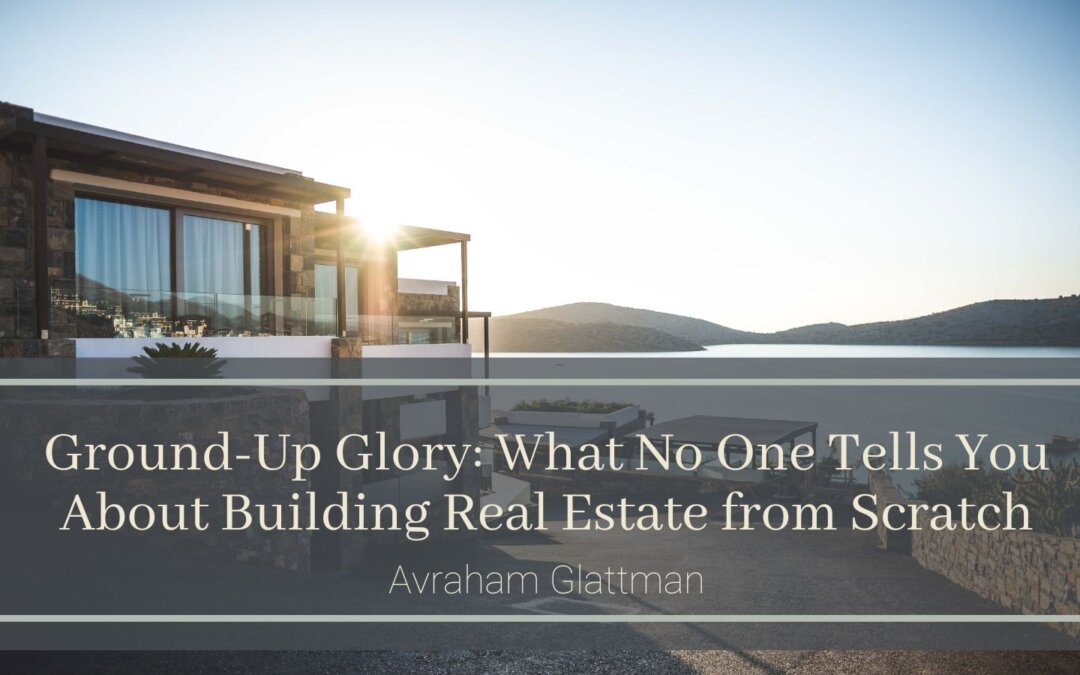Ground-up development is the holy grail of real estate. It’s the ultimate play for developers who want full creative control, maximum upside, and the ability to shape neighborhoods — but it’s also one of the most complex, risky, and time-consuming paths in the industry.
The Allure of Ground-Up
Why do investors chase ground-up projects? Because the returns can be massive. When done right, developers create value from nothing — transforming empty land into high-demand residential buildings, mixed-use spaces, or commercial hubs. You’re not just buying into equity; you’re creating it from scratch.
But It’s Not Just Construction
Ground-up development isn’t just about putting up walls. It starts with site selection — identifying parcels of land with high potential. That means analyzing zoning, access to infrastructure, proximity to transit, local regulations, and community sentiment.
Then comes permitting and approvals — often the most grueling stage. Developers navigate municipal bureaucracy, community board meetings, and environmental impact studies. Delays are common. Patience is mandatory.
The Capital Stack is King
Financing a ground-up project is part art, part science. It often involves a capital stack that includes:
- Senior Debt: Bank construction loans
- Mezzanine Debt: Higher-risk, higher-return funds
- Preferred Equity: Investors with first dibs on returns
- Common Equity: The developer’s stake
Each layer has expectations, timelines, and exit strategies. Aligning all stakeholders takes savvy structuring and legal precision.
Time Horizon and Market Risk
Unlike value-add projects, ground-up deals take years. From acquisition to stabilization, timelines can stretch from 24 to 48 months or more. During that time, the market can shift dramatically — interest rates can rise, labor shortages can hit, or demand can cool.
Successful developers plan for these scenarios with contingency budgets, stress-tested pro formas, and strong relationships with contractors and city officials.
The Payoff
Despite the hurdles, the rewards can be transformative. A completed ground-up project can command premium rents, yield outsized equity returns, and become a lasting landmark in a community. For developers with vision and grit, it’s the most direct route to legacy-level wealth.
Closing Thought
Ground-up development is not for the faint of heart. It demands capital, patience, relationships, and deep market knowledge. But for those who can pull it off, it offers unmatched opportunities to shape the built environment and leave a lasting imprint on the skyline.
